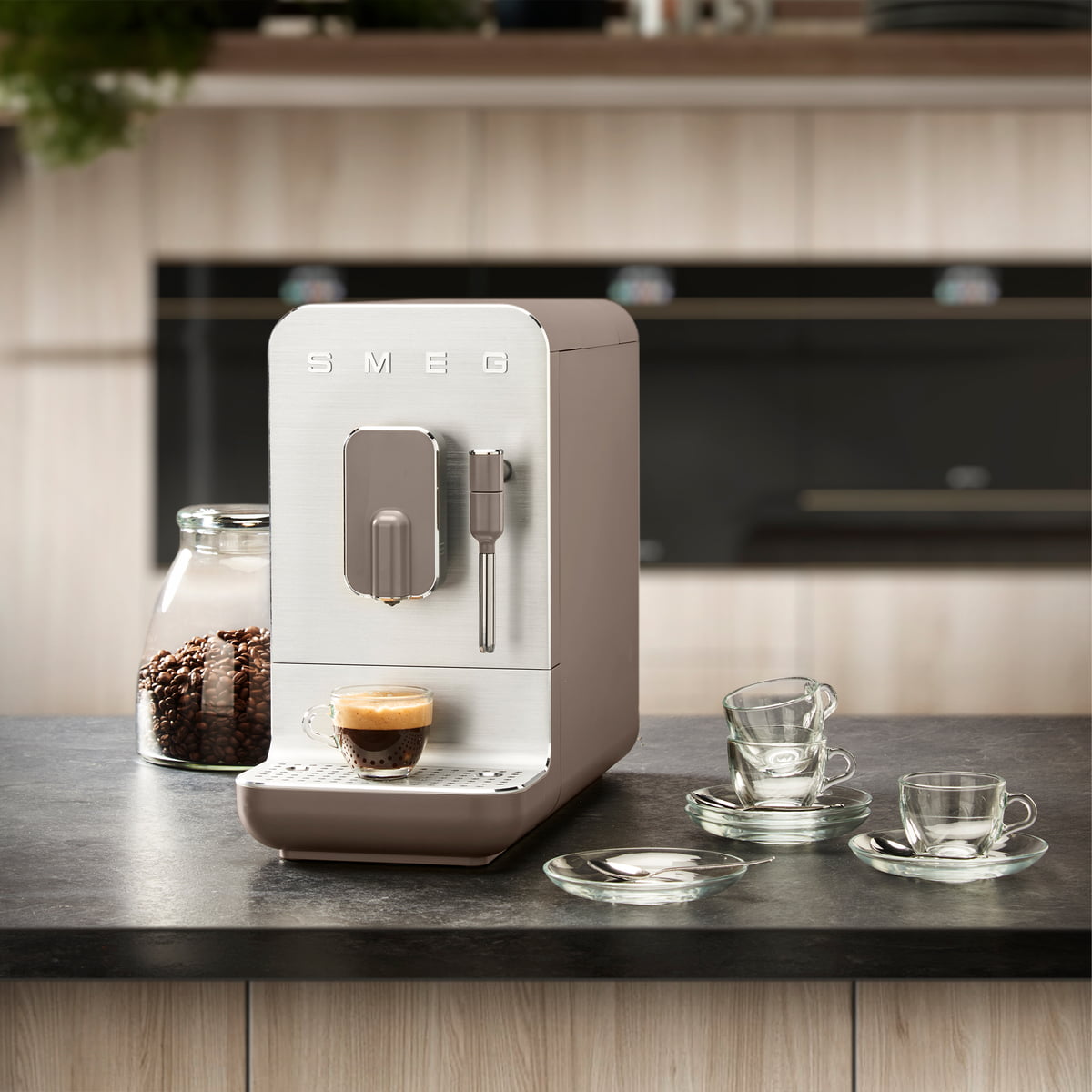

Articles
How To Descale Smeg Coffee Machine
Modified: October 24, 2024
Learn how to effectively descale your Smeg coffee machine with our informative articles. Keep your coffee tasting fresh and your machine running smoothly.
(Many of the links in this article redirect to a specific reviewed product. Your purchase of these products through affiliate links helps to generate commission for Storables.com, at no extra cost. Learn more)
How To Descale Smeg Coffee Machine
If you own a Smeg coffee machine, it’s important to keep it properly maintained to ensure optimal performance and longevity. One crucial aspect of maintenance is descaling, which involves removing mineral deposits that can build up over time. In this article, we will guide you through the process of descaling your Smeg coffee machine, step by step.
## What is Descaling?
Descaling is the process of removing calcium and mineral deposits that accumulate inside the coffee machine. These deposits can form on the internal surfaces and components of the machine, including the heating element, water reservoir, and coffee filter. Over time, these mineral deposits can clog the machine and negatively affect the taste and quality of your coffee.
## Why is Descaling Important?
Regular descaling is important to maintain the performance and efficiency of your Smeg coffee machine. When mineral deposits build up, they can hinder proper water flow and heating, resulting in slower brewing times and diminished coffee flavor. Descaling not only improves the taste of your coffee but also helps to extend the lifespan of your machine.
## Signs that Your Smeg Coffee Machine Needs Descaling
There are several indicators that your Smeg coffee machine needs to be descaled. These include:
1. Slow brewing times: If you notice that your coffee is taking longer to brew than usual, it could be a sign of mineral buildup.
2. Weak or bitter taste: Mineral deposits can affect the quality and flavor of your coffee, resulting in a weak or bitter taste.
3. Reduced water flow: If water is not flowing smoothly through the machine, it may be due to clogged internal components.
4. Mineral buildup in the water reservoir: Visual inspection of the water reservoir may reveal white, chalky deposits, indicating the need for descaling.
If you notice any of these signs, it’s time to descale your Smeg coffee machine.
## Materials Needed for Descaling
Before you begin the descaling process, gather the following materials:
1. Descaling solution: You can purchase a commercial descaling solution explicitly designed for coffee machines. Alternatively, you can make a homemade descaling solution using equal parts of water and white vinegar.
2. Clean water: You will need enough clean water to rinse the coffee machine thoroughly after descaling.
3. A soft cloth or sponge: This will be used to wipe the exterior of the coffee machine.
4. A container or bucket: A container or bucket will be needed to collect the descaling solution as it passes through the machine.
Now that you have all the necessary materials, let’s move on to the step-by-step guide to descaling your Smeg coffee machine.
Key Takeaways:
- Regular descaling of your Smeg coffee machine is crucial to maintain optimal performance, extend its lifespan, and ensure consistently delicious coffee. Follow the step-by-step guide for effective descaling and enjoy top-notch coffee every time.
- Signs that your Smeg coffee machine needs descaling include slow brewing times, weak or bitter taste, reduced water flow, mineral buildup in the water reservoir, unusual noises, or error messages. Regular descaling is key to maintaining excellent coffee quality and machine longevity.
Read more: How To Descale A Delonghi Coffee Machine
Introduction
Coffee machines have become an essential appliance in many homes and offices, providing a quick and convenient way to enjoy a freshly brewed cup of coffee. Smeg coffee machines, known for their sleek design and excellent performance, are a popular choice among coffee enthusiasts. However, like any other coffee machine, Smeg coffee machines require regular maintenance to ensure that they continue to deliver top-notch results.
One crucial aspect of coffee machine maintenance is descaling. Over time, mineral deposits from hard water can accumulate inside the coffee machine, affecting its performance and the quality of coffee it produces. Descaling involves the removal of these mineral deposits and ensuring that the machine is clean and running optimally.
In this article, we will provide you with a comprehensive guide on how to descale a Smeg coffee machine effectively. We will cover everything from what descaling is and why it is important, to signs that your Smeg coffee machine needs descaling. We will also walk you through the step-by-step process of descaling, including preparing the coffee machine, mixing the descaling solution, the descaling process itself, and the final steps and maintenance tips.
Regular descaling of your Smeg coffee machine is essential to maintain its performance, extend its lifespan, and ensure that you continue to enjoy a delicious cup of coffee every time. By following the steps outlined in this guide, you can confidently descale your Smeg coffee machine and keep it in optimal condition.
So, let’s dive into the world of descaling and learn how to properly maintain your Smeg coffee machine for a consistently excellent coffee experience.
What is Descaling?
Descaling is the process of removing mineral deposits that accumulate inside coffee machines. Over time, when water is heated and flows through the machine, it can leave behind traces of minerals like calcium and magnesium. These minerals can form limescale, which adheres to the internal components of the coffee machine, including the heating element, pipes, and valves.
The accumulation of limescale can have various negative effects on the performance and functionality of the coffee machine. First and foremost, it can affect the temperature and flow of water, leading to longer brewing times and subpar coffee extraction. This can result in coffees that are under-extracted, lacking in flavor and strength.
Moreover, limescale can clog up the internal parts of the coffee machine, reducing water flow and potentially causing blockages. This can put additional strain on the machine, leading to decreased efficiency and increased energy consumption. In severe cases, limescale buildup can even cause damage to the coffee machine, requiring costly repairs or replacement.
Descaling is the solution to effectively combat these issues and restore the optimal performance of your coffee machine. By removing the mineral deposits, descaling helps to maintain consistent water flow, temperature, and extraction, resulting in a better-tasting cup of coffee. It also ensures that the internal components of the coffee machine are clean and free from blockages, allowing for smooth operation and longevity.
The frequency at which descaling is required depends on various factors, including water hardness and the intensity of machine usage. Generally, it is recommended to descale your coffee machine every two to three months. However, if you live in an area with particularly hard water or notice signs of limescale buildup, it is advisable to descale more frequently.
There are different methods of descaling, and it’s crucial to follow the manufacturer’s guidelines specific to your Smeg coffee machine. Typically, descaling involves the use of a descaling solution or a mixture of vinegar and water, which effectively breaks down the mineral deposits. The solution is run through the coffee machine to dissolve the limescale, followed by rinsing the machine thoroughly with clean water to remove any residue.
Regular descaling not only improves the performance and lifespan of your Smeg coffee machine but also ensures that you consistently enjoy a high-quality cup of coffee. It is an essential maintenance step that should not be overlooked. In the next section, we will discuss the signs that indicate your Smeg coffee machine needs descaling.
Why is Descaling Important?
Descaling is a crucial part of maintaining your Smeg coffee machine and ensuring its longevity and performance. Here are some reasons why descaling is important:
1. Improve Coffee Taste and Quality: Over time, mineral deposits from hard water can accumulate inside the coffee machine, affecting the flavor and quality of your coffee. Descaling removes these deposits, allowing for better extraction of the coffee’s flavors and aromas. This results in a more delicious and satisfying cup of coffee.
2. Maintain Optimal Performance: Limescale buildup can hinder the functionality of the coffee machine. It can block the flow of water, leading to slower brewing times and inconsistent water distribution over the coffee grounds. Descaling removes these blockages, ensuring that the machine operates at its best and maintains consistent performance.
3. Prevent Clogs and Damage: Limescale can accumulate in various parts of the coffee machine, including the heating element, pipes, and valves. This buildup can lead to clogs, which not only affect water flow but can also cause damage to the internal components of the machine. Descaling helps to prevent these clogs and protects your coffee machine from potential damage.
4. Extend the Lifespan of Your Coffee Machine: By regularly descaling your Smeg coffee machine, you can significantly extend its lifespan. Limescale buildup can cause unnecessary strain on the machine, resulting in increased wear and tear. Descaling helps to remove these deposits and reduce the likelihood of breakdowns, allowing your coffee machine to last longer.
5. Maintain Energy Efficiency: A coffee machine with limescale buildup may need to work harder to heat the water, leading to increased energy consumption. By descaling your Smeg coffee machine, you can ensure that it operates efficiently, reducing energy wastage and potentially saving on electricity costs.
6. Preserve the Warranty: Many coffee machines come with a warranty that requires proper maintenance, including regular descaling. By following the manufacturer’s recommendations and descaling as needed, you can maintain the warranty’s validity and protect yourself from any potential repair costs.
To sum it up, descaling is essential to maintain the taste, performance, and lifespan of your Smeg coffee machine. It improves coffee quality, prevents clogs and damage, extends the machine’s life, preserves energy efficiency, and upholds the warranty. Now that you understand the importance of descaling, let’s move on to the next section and explore the signs that indicate your Smeg coffee machine needs descaling.
Signs that Your Smeg Coffee Machine Needs Descaling
Regular descaling is an essential maintenance task to ensure that your Smeg coffee machine operates at its best. Here are some signs that indicate your coffee machine may need to be descaled:
1. Slow Brewing Times: If you notice that it takes longer than usual for your coffee to brew, it could indicate a buildup of limescale in the machine. The mineral deposits can restrict water flow, causing delays in the brewing process.
2. Weak or Bitter Taste: If your coffee tastes weaker or more bitter than usual, it could be a sign of limescale accumulation. The mineral deposits can interfere with the brewing process, affecting the extraction of flavors from the coffee grounds.
3. Reduced Water Flow: If you observe a significant decrease in water flow during the brewing process, it may indicate a partial blockage caused by limescale buildup. This can result in an inadequate amount of water reaching the coffee grounds, affecting the taste and strength of the coffee.
4. Mineral Buildup in the Water Reservoir: Take a close look at the water reservoir of your Smeg coffee machine. If you notice white or chalky deposits, it is a clear indication that limescale has started to accumulate. This buildup can affect the taste of the coffee and hinder the overall performance of the machine.
5. Unusual Noises: Limescale deposits can cause disruptions in the normal functioning of your coffee machine. If you hear unusual noises, such as gurgling or sputtering, it may indicate that there is a buildup of limescale affecting the internal components of the machine.
6. Error messages or Malfunctions: Some coffee machines are equipped with error indicators or display messages when descaling is required. If you see any error messages or experience malfunctions, consult your machine’s manual to determine if descaling is necessary.
It is important to note that the frequency of descaling will depend on various factors, including the hardness of the water in your area and how frequently you use the coffee machine. However, if you notice any of the above signs, it is a good indication that your Smeg coffee machine needs to be descaled.
Regular descaling not only addresses these issues but also helps to maintain the optimal performance and lifespan of your coffee machine. In the next section, we will discuss the materials needed for descaling and provide a step-by-step guide to descaling your Smeg coffee machine.
Read more: How To Descale Philips Coffee Machine
Materials Needed for Descaling
Before you begin the descaling process for your Smeg coffee machine, it is important to gather the necessary materials. Here’s a list of what you’ll need:
1. Descaling Solution: You will need a descaling solution specifically designed for coffee machines. These solutions are formulated to effectively dissolve and remove limescale deposits. You can purchase descaling solutions from various brands, and it is recommended to use a solution that is compatible with your Smeg coffee machine model. Ensure that you follow the manufacturer’s instructions on the correct usage and dosage of the descaling solution.
2. Clean Water: You will require ample clean, cold water for both the descaling process and rinsing the coffee machine afterward. It is preferable to use filtered or bottled water to avoid introducing any additional minerals or impurities that could affect the taste or performance of your machine.
3. Cleaning Tools: Prepare a soft cloth or sponge to clean the exterior of the coffee machine. This will help to remove any dirt or stains that may have accumulated on the surface.
4. Container or Bucket: You will need a container or bucket to collect the descaling solution as it goes through the coffee machine during the descaling process. Make sure to choose a container that is large enough to hold the solution without overflowing.
5. Protective Gear: When handling descaling solutions, it is advisable to wear protective gear such as gloves and safety glasses. These precautions will help safeguard your hands and eyes from any potential irritation or exposure to the descaling solution.
It is important to note that some Smeg coffee machines may require specific descaling materials or procedures. Always refer to the user manual or instructions provided by the manufacturer for the recommended materials and method for descaling your specific model.
By having all the necessary materials prepared beforehand, you can ensure a smooth and efficient descaling process for your Smeg coffee machine. In the next section, we will provide a step-by-step guide on how to descale your coffee machine effectively, ensuring its optimal performance and longevity.
Step-by-Step Guide to Descaling Your Smeg Coffee Machine
Properly descaling your Smeg coffee machine is crucial for maintaining its performance and ensuring the longevity of the appliance. Follow this step-by-step guide to effectively descale your coffee machine:
1. Preparing Your Coffee Machine:
– Start by turning off the coffee machine and unplugging it from the power source.
– Remove any remaining coffee beans or used coffee grounds from the machine.
– Empty and clean the water reservoir, removing any residue or debris.
2. Mixing the Descaling Solution:
– Refer to the instructions provided with your descaling solution for the recommended ratio of solution to water.
– Mix the appropriate amount of descaling solution with clean, cold water in the container or bucket. Follow the instructions carefully to ensure the correct concentration.
3. Descaling Process:
– Place the empty container or bucket under the coffee machine’s coffee spout, positioning it to collect the liquid that will pass through the machine.
– Pour the prepared descaling solution into the water reservoir of your Smeg coffee machine.
– Turn on the machine and initiate the descaling process according to the manufacturer’s instructions for your specific model. This typically involves running a descaling cycle, which will pass the solution through the internal components of the machine.
– Allow the descaling solution to run completely through the coffee machine. This process may take several minutes, so be patient.
4. Rinsing the Coffee Machine:
– Once the descaling process is complete, thoroughly rinse the coffee machine to remove any traces of the descaling solution. Start by emptying the container or bucket.
– Fill the water reservoir with clean, cold water.
– Run a brewing cycle without placing any coffee grounds to flush out the descaling solution from the coffee machine.
– Repeat the rinsing process with clean water at least two more times to ensure that all traces of the descaling solution are eliminated.
5. Final Steps and Maintenance Tips:
– After rinsing, wipe the exterior of the coffee machine using a damp cloth or sponge to remove any spills or residue.
– Refill the water reservoir with fresh water, and your Smeg coffee machine is ready to use again.
– To prevent future limescale buildup, consider using filtered or bottled water instead of tap water for brewing. This can help reduce mineral deposits and extend the time between descaling.
– Regularly clean and maintain other removable parts of your coffee machine, such as the coffee filter and drip tray, as recommended by the manufacturer.
By following these steps, you can effectively descale your Smeg coffee machine and ensure its optimal performance. Regular descaling will help to maintain the quality of your coffee and extend the lifespan of your machine.
Use a descaling solution specifically designed for coffee machines. Follow the manufacturer’s instructions for the correct dilution and descaling process. Repeat the descaling process regularly to keep your Smeg coffee machine in top condition.
Preparing Your Coffee Machine
Before starting the descaling process for your Smeg coffee machine, it is crucial to properly prepare the appliance. Preparing your coffee machine ensures that the descaling solution effectively removes mineral deposits and prevents any damage to the machine. Follow these steps to prepare your coffee machine for descaling:
1. Turn off and unplug the coffee machine: Make sure that the coffee machine is completely turned off and unplugged from the power source. This is essential for your safety and to avoid any electrical accidents during the descaling process.
2. Remove any remaining coffee beans or used coffee grounds: Empty the coffee bean hopper or discard any used coffee grounds from the coffee machine. This ensures that the descaling solution does not come into contact with any coffee residue.
3. Empty and clean the water reservoir: Remove the water reservoir from the coffee machine, and empty any remaining water. Rinse the reservoir with clean, cold water to remove any debris or residue. This step ensures that the descaling solution can effectively penetrate the internal components of the machine.
4. Remove and clean the coffee filter: If your coffee machine has a removable coffee filter, take it out and clean it thoroughly. Rinse the filter with warm water to remove any coffee oils or residue that may affect the taste of your coffee. Allow the filter to air dry before reinserting it into the coffee machine.
5. Check for any other removable parts: Some Smeg coffee machines may have additional parts that can be removed for cleaning. Refer to the user manual of your specific coffee machine model to identify any other removable parts, such as the drip tray or milk frother, and clean them as recommended.
By following these preparation steps, you ensure that your Smeg coffee machine is in an optimal condition for the descaling process. This allows the descaling solution to be effectively distributed and removes any potential barriers to thorough descaling. Proper preparation enhances the overall effectiveness of the descaling process and helps maintain the performance and longevity of your coffee machine. Once your coffee machine is prepared, you can proceed with the next steps of mixing the descaling solution and initiating the descaling process.
Mixing the Descaling Solution
To effectively descale your Smeg coffee machine, you need to prepare a descaling solution. The descaling solution is a vital component in removing limescale and mineral deposits from the internal components of the coffee machine. Here’s a step-by-step guide on how to mix the descaling solution:
1. Refer to the manufacturer’s instructions: Check the user manual or any accompanying documentation provided by Smeg for specific instructions on the type and concentration of descaling solution recommended for your coffee machine. Different models may have varying requirements, so it is essential to follow the manufacturer’s guidelines.
2. Choose a descaling solution: There are commercial descaling solutions available that are specifically formulated for coffee machines. These solutions are readily available at home appliance stores or online. Alternatively, you can make a homemade descaling solution using equal parts of water and white vinegar. However, ensure that your coffee machine is compatible with vinegar-based descaling solutions, as some machines may require specific descaling products.
3. Measure the descaling solution: Follow the instructions provided with the descaling solution to determine the correct amount needed for your coffee machine. The required amount may vary based on the size and capacity of your machine. Measure the appropriate amount of descaling solution according to the instructions and the concentration required.
4. Mix the descaling solution: In a clean container or bucket, combine the measured amount of descaling solution with an equal portion of clean, cold water. Gently stir or mix the solution to ensure it is well combined.
5. Ensure proper ventilation: During the mixing process and throughout the descaling process, make sure the area is well ventilated. Some descaling solutions, particularly those containing vinegar, may produce strong odors. Keep windows open or turn on a fan to help dissipate any odors and prevent them from lingering in your home.
Remember to carefully read and follow the instructions provided with the descaling solution. Improper mixing or using the wrong concentration of descaling solution can lead to ineffective descaling or potential damage to your coffee machine.
Once you have prepared the descaling solution, you are ready to proceed to the next steps of the descaling process. In the following section, we will guide you through the actual descaling process itself.
Read more: How To Descale Breville Coffee Machine
Descaling Process
The descaling process is the main step in removing mineral deposits from your Smeg coffee machine and restoring its performance. Follow these steps to effectively descale your coffee machine:
1. Place the empty container or bucket: Position an empty container or bucket under the coffee spout or outlet to collect the descaling solution as it passes through the machine. Make sure the container can hold the entire volume of the descaling solution without overflowing.
2. Fill the water reservoir: Fill the water reservoir of your coffee machine with the prepared descaling solution. Ensure that you do not surpass the maximum fill line indicated on the reservoir. Take care not to spill the solution outside the reservoir or into other parts of the machine.
3. Initiate the descaling process: Turn on your Smeg coffee machine and initiate the descaling cycle. Refer to the user manual or instructions provided by Smeg to determine the specific steps for your model. Typically, this involves activating a descaling mode or pressing specific buttons to start the descaling process. Follow the instructions carefully to ensure proper initiation.
4. Allow the solution to run through the machine: Once the descaling process is started, the machine will pump the descaling solution through its internal components. This allows the solution to break down and dissolve the mineral deposits. During this time, you may notice the solution draining into the container or bucket.
5. Follow the recommended duration: The descaling process may vary in duration depending on your specific model and the amount of scale accumulation. Refer to the instructions to determine the recommended descaling time. Typically, it takes around 15 to 30 minutes for the descaling solution to thoroughly clean and remove the mineral deposits.
6. Monitor the descaling process: While the descaling process is underway, observe the machine for any signs of leakage, unusual noises, or malfunctions. If you notice anything irregular, stop the descaling process and consult the user manual or contact Smeg for assistance.
7. Complete the descaling process: Once the recommended duration has passed, the machine will automatically complete the descaling process. The descaling solution will drain into the container or bucket, indicating that the machine has flushed out the mineral deposits.
8. Empty and clean the container: Carefully remove the container or bucket that collected the used descaling solution. Dispose of the solution properly according to local regulations. Empty and rinse the container thoroughly to ensure it is free from any residue.
With the descaling process complete, you have successfully removed the mineral deposits and limescale from your Smeg coffee machine. However, to ensure a thorough descaling, it is crucial to follow the next step of rinsing the machine with clean water, as outlined in the following section.
Rinsing the Coffee Machine
After completing the descaling process, it is important to thoroughly rinse your Smeg coffee machine to remove any remaining descaling solution or residue. Rinsing the coffee machine ensures that your next brew is free from any unwanted tastes or odors. Follow these steps to effectively rinse your coffee machine:
1. Replace the container or bucket: Remove the container or bucket used to collect the descaling solution and replace it with a clean container or cup. This will collect the rinse water from the machine.
2. Refill the water reservoir: Fill the water reservoir of your coffee machine with clean, cold water. Ensure that you do not exceed the maximum fill line indicated on the reservoir. Using filtered or bottled water is ideal to prevent the introduction of any additional minerals or impurities.
3. Initiate the rinsing process: Turn on your coffee machine and initiate a brewing cycle without placing any coffee grounds. This will allow the machine to flush out the descaling solution from its internal components. Refer to the user manual or follow the manufacturer’s instructions for your specific model on how to start a rinse cycle.
4. Monitor the rinse cycle: Observe the machine during the rinse cycle to ensure that clean water is flowing through and being collected in the container or cup. This is an indication that the descaling solution is being removed from the machine. Allow the rinse cycle to continue until all the water in the reservoir has been used.
5. Repeat the rinsing process: It is recommended to rinse the coffee machine multiple times to ensure thorough removal of any lingering descaling solution. Repeat the rinsing process at least two more times with fresh water, following the same steps of filling the reservoir, initiating the rinse cycle, and monitoring the water flow.
6. Empty and clean the container: Once the rinsing process is complete, carefully remove the container used to collect the rinse water. Empty the water and rinse the container thoroughly to ensure it is free from any residue. This will prevent any potential contamination during future use.
By following these steps, you have effectively rinsed your Smeg coffee machine, removing any remaining descaling solution and residue. Thorough rinsing ensures that your coffee machine is ready for normal use, and your next brew will not be affected by any lingering tastes or odors from the descaling process.
In the next section, we will provide final steps and maintenance tips to help you maintain the optimal performance of your Smeg coffee machine.
Final Steps and Maintenance Tips
Now that you have successfully descaled and rinsed your Smeg coffee machine, there are a few final steps and maintenance tips to ensure its optimal performance and longevity:
1. Clean and dry the exterior: Use a soft cloth or sponge to clean the exterior of your coffee machine. Wipe away any spills or residue that may have occurred during the descaling and rinsing process. Make sure the exterior is completely dry before plugging in and using the machine.
2. Refill the water reservoir: Fill the water reservoir with fresh, clean water to the desired level. Ensure that the water level does not exceed the maximum fill line indicated on the reservoir. Using filtered or bottled water can help minimize mineral buildup and maintain the quality of your coffee.
3. Regular maintenance: In addition to descaling, regular cleaning and maintenance of your coffee machine are essential. Follow the maintenance guidelines provided by Smeg, including regularly cleaning the coffee filter, drip tray, and any other removable parts. Refer to the user manual for specific instructions on how to clean and maintain your particular model.
4. Monitor water quality: Pay attention to the water quality in your area. If you live in an area with hard water, mineral deposits can accumulate more quickly. Consider using a water filter or descaling more frequently to keep your Smeg coffee machine in optimal condition.
5. Follow the recommended descaling schedule: To prevent excessive mineral buildup, it is generally recommended to descale your coffee machine every two to three months. However, the frequency may depend on the water hardness and usage patterns. Check the user manual or manufacturer’s guidelines for the recommended descaling schedule for your specific model.
6. Use quality coffee beans and clean grounds: To ensure the best tasting coffee, use high-quality coffee beans and grind them fresh before brewing. Additionally, make sure to clean the coffee grounds from the coffee filter after each use to prevent any buildup that could affect the machine’s performance.
7. Regularly inspect for signs of scale buildup: Keep an eye out for any signs of scale buildup, such as slow brewing times, weak coffee, or mineral deposits in the water reservoir. If you notice any of these indicators between descaling cycles, consider descaling your coffee machine more frequently.
By following these final steps and maintenance tips, you can help keep your Smeg coffee machine in excellent condition. Regular cleaning, descaling, and proper maintenance will ensure that your machine consistently provides high-quality coffee and lasts for years to come.
Remember to consult your user manual or contact Smeg’s customer support for any specific recommendations or troubleshooting related to the maintenance of your Smeg coffee machine.
Conclusion
Maintaining your Smeg coffee machine through regular descaling is essential to ensure optimal performance, longevity, and a consistently excellent cup of coffee. By removing mineral deposits and limescale, descaling helps to improve water flow, maintain proper temperature, and enhance the taste and quality of your coffee. Following the step-by-step guide provided in this article, you can successfully descale your Smeg coffee machine and keep it in optimal condition.
Remember, descaling should be done every two to three months or as recommended by the manufacturer, depending on the water hardness and usage patterns. Signs that your Smeg coffee machine needs descaling include slow brewing times, weak or bitter taste, reduced water flow, mineral buildup in the water reservoir, unusual noises, or error messages.
The descaling process involves preparing the coffee machine, mixing the descaling solution, running the descaling cycle, and thorough rinsing with clean water. It is crucial to follow the manufacturer’s instructions and use the recommended descaling solution and materials specific to your Smeg coffee machine model.
After descaling, make sure to clean and dry the exterior of the coffee machine, refill the water reservoir with clean water, and follow regular maintenance procedures such as cleaning the coffee filter and other removable parts. Monitor the water quality in your area and consider using filtered or bottled water to prevent excessive mineral buildup.
By taking proper care of your Smeg coffee machine and descaling it regularly, you can enjoy consistently great-tasting coffee and extend the lifespan of your machine. The investment of time and effort in descaling pays off in the form of a better coffee experience and a coffee machine that lasts for years.
Remember to consult the user manual or contact Smeg’s customer support for any specific instructions or troubleshooting related to your Smeg coffee machine. With proper descaling and maintenance, your Smeg coffee machine will continue to deliver delightful moments of coffee enjoyment for a long time to come.
Frequently Asked Questions about How To Descale Smeg Coffee Machine
Was this page helpful?
At Storables.com, we guarantee accurate and reliable information. Our content, validated by Expert Board Contributors, is crafted following stringent Editorial Policies. We're committed to providing you with well-researched, expert-backed insights for all your informational needs.
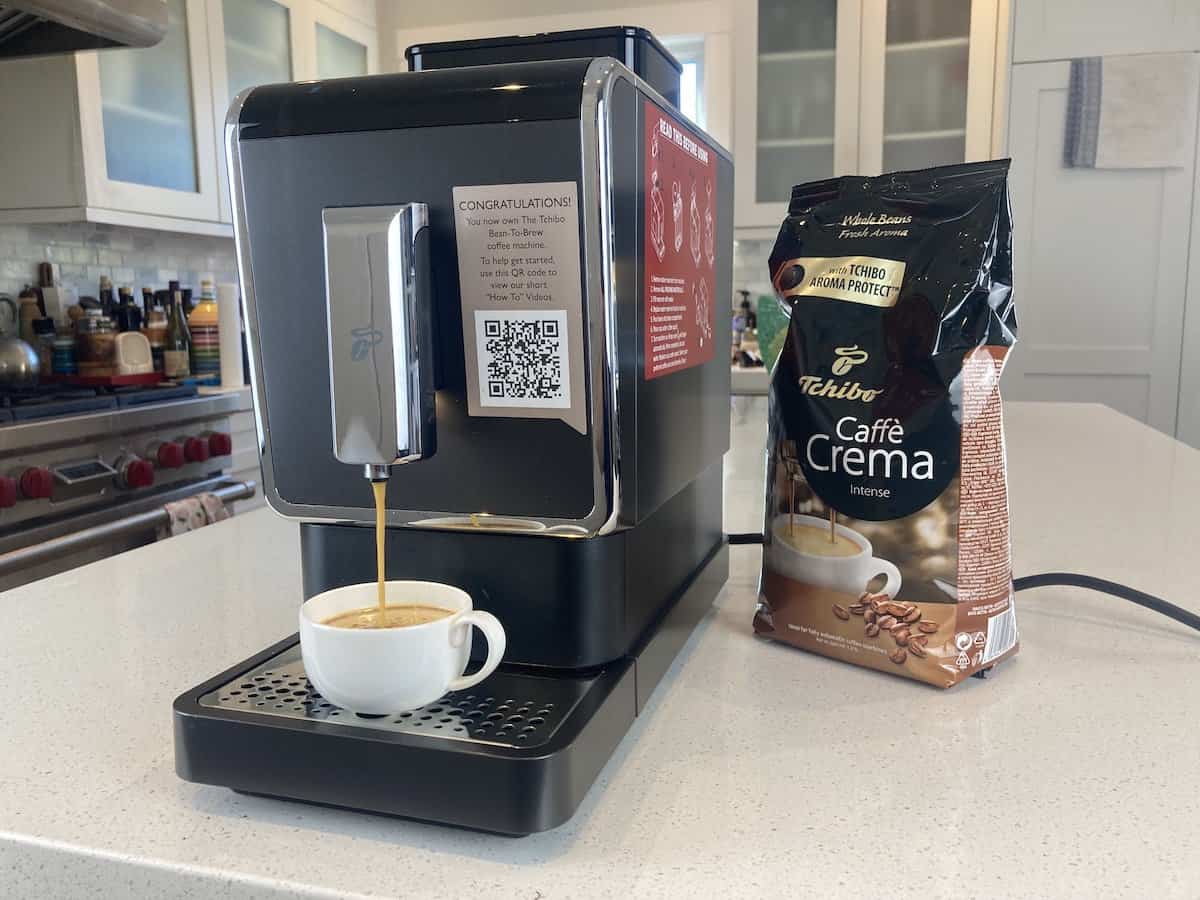
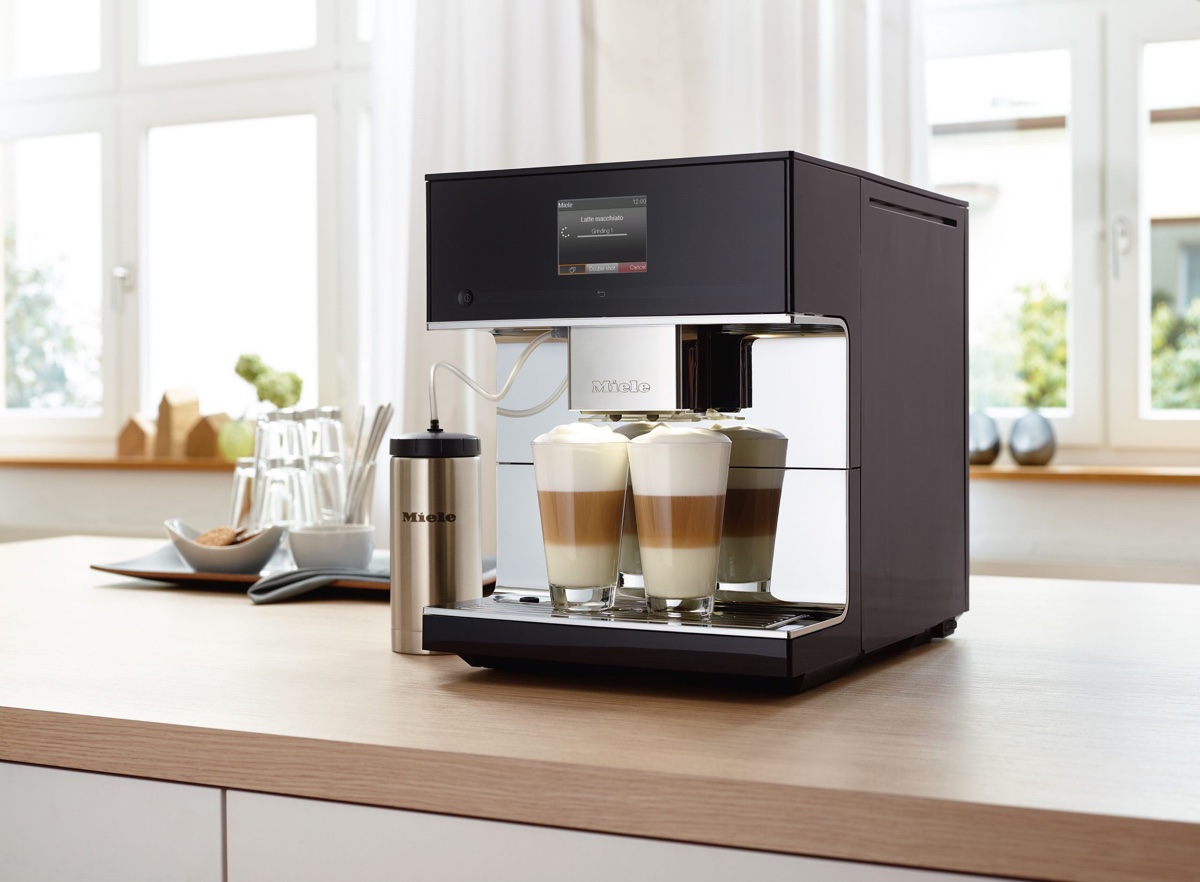
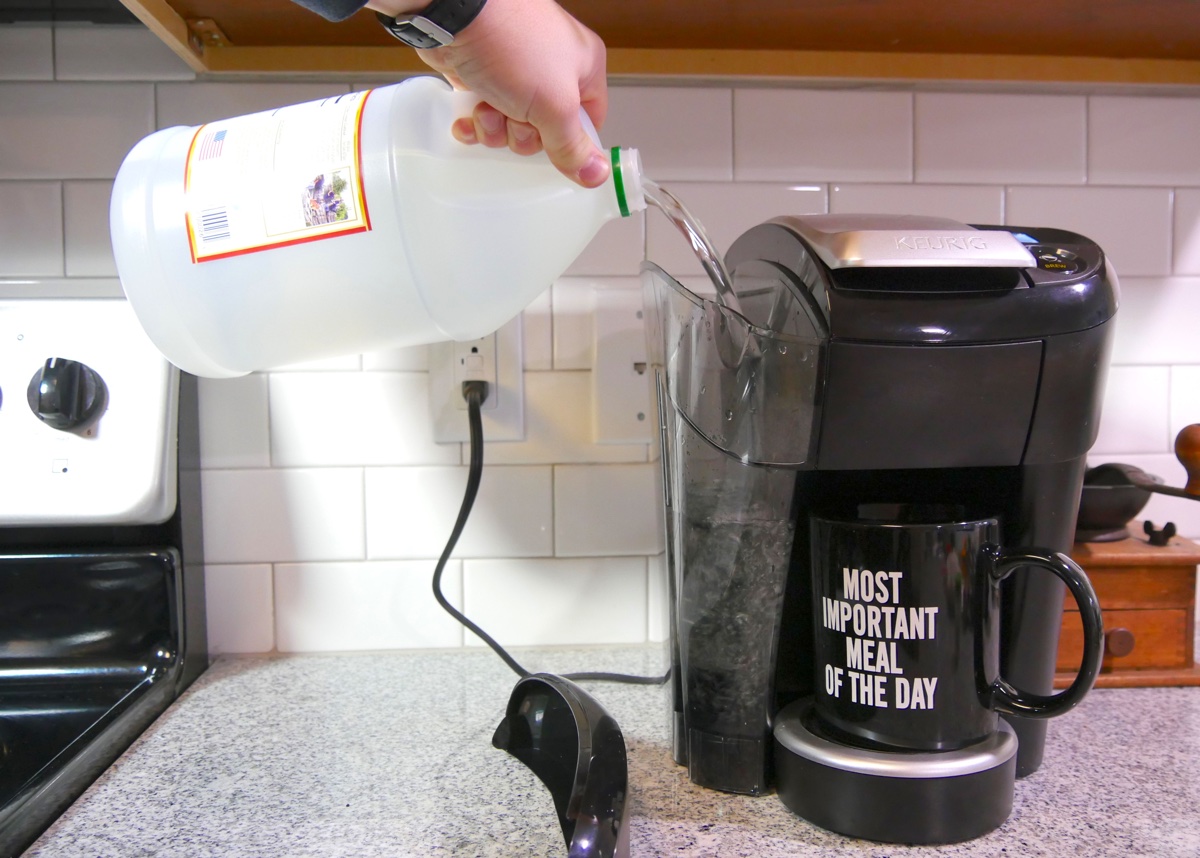
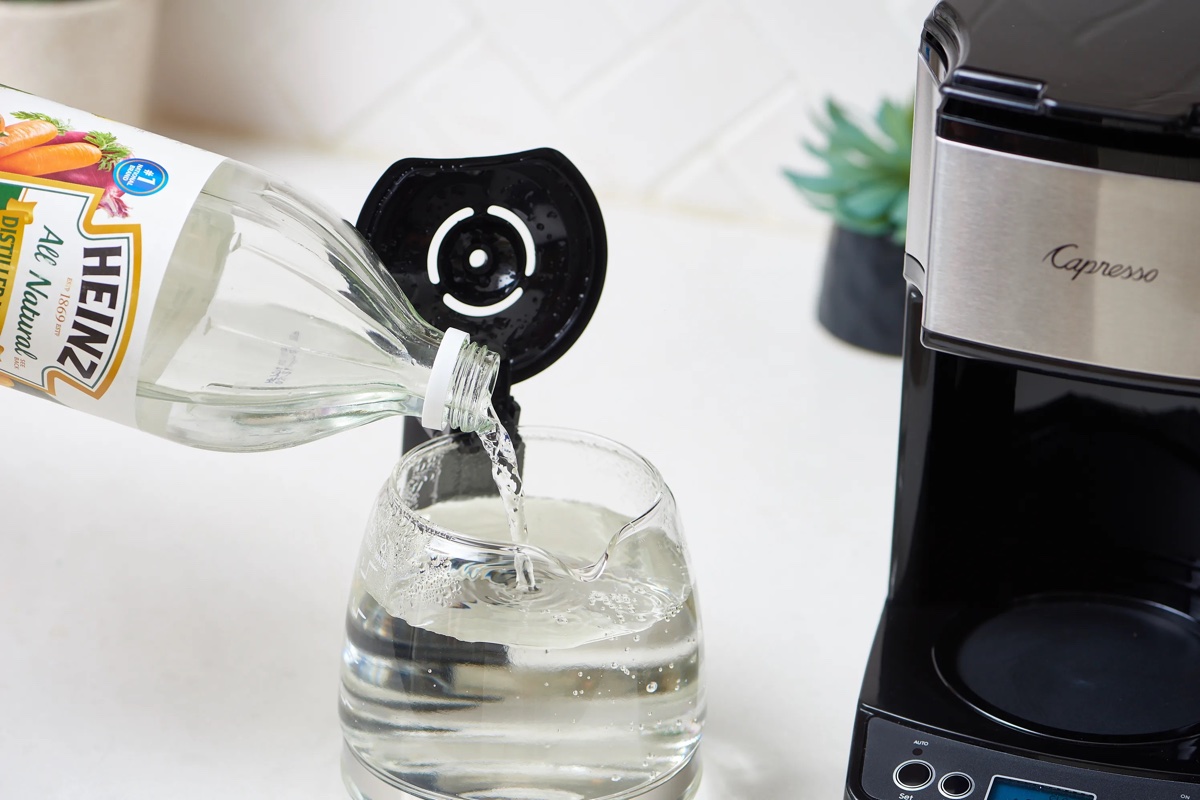
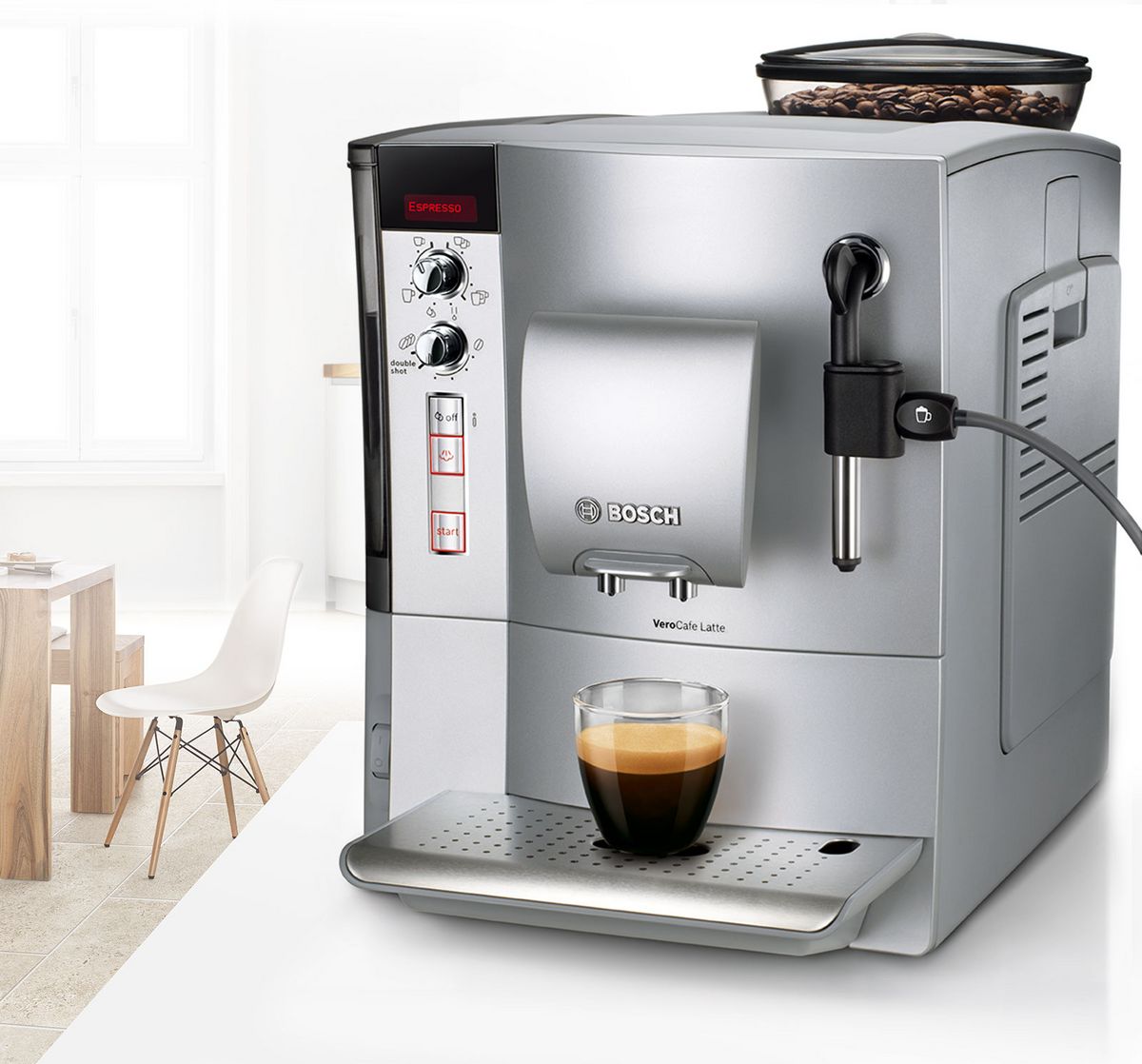

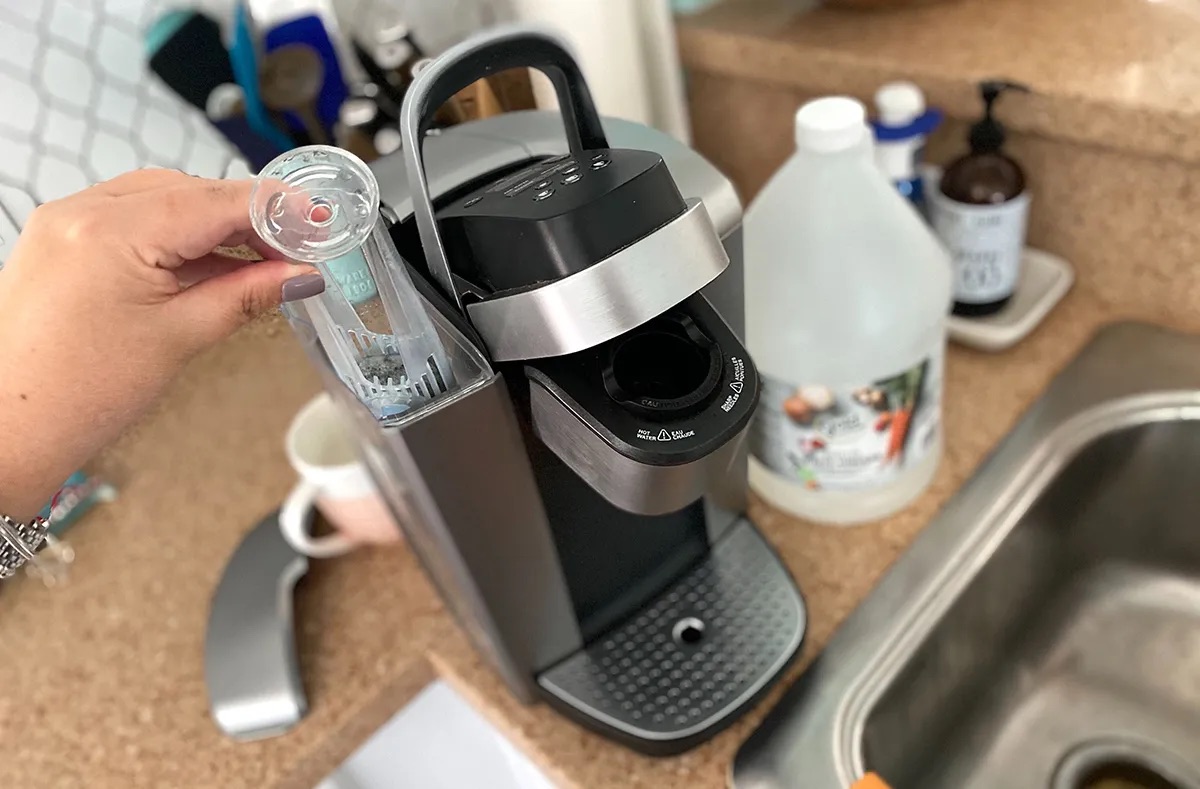
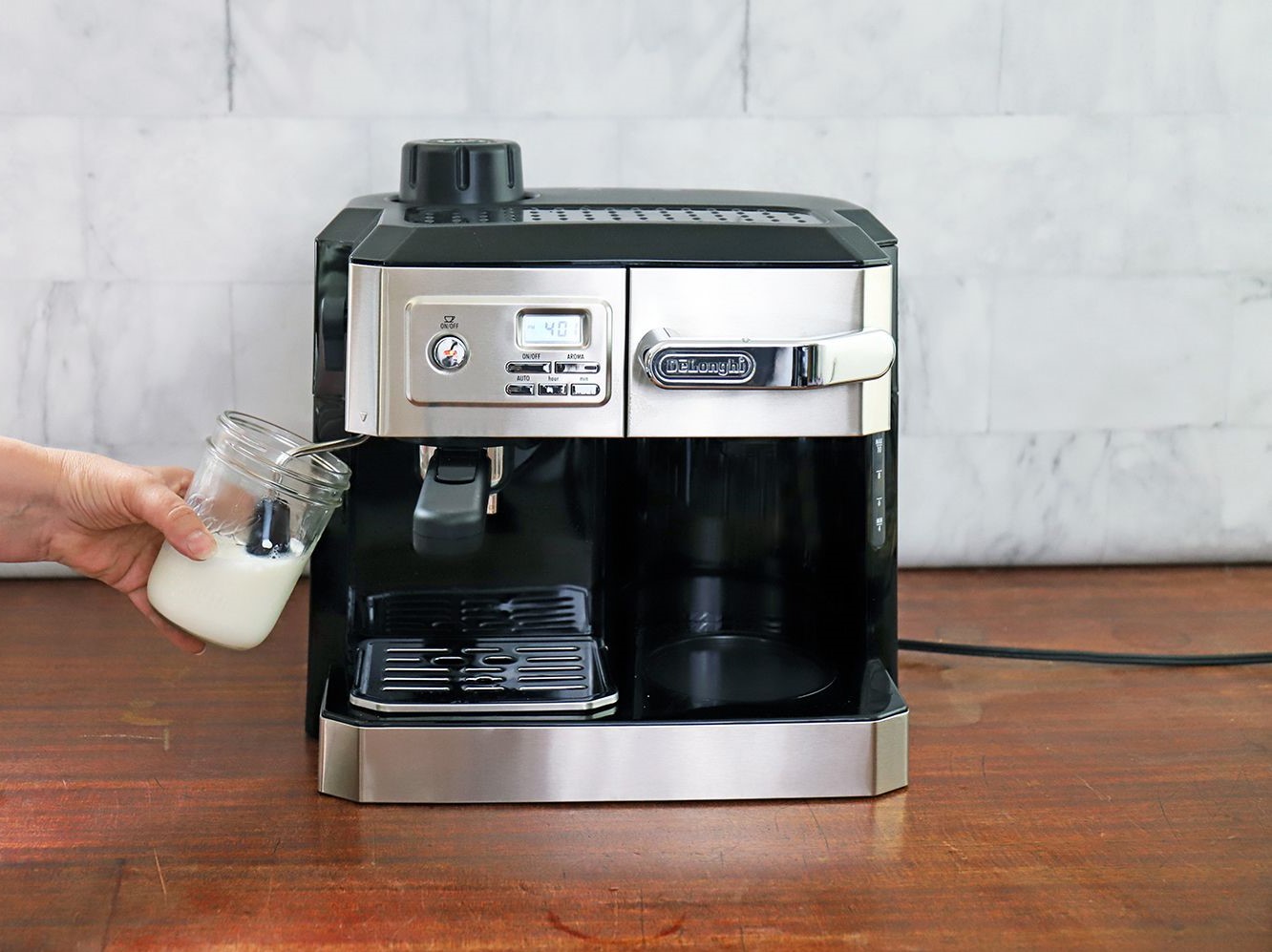
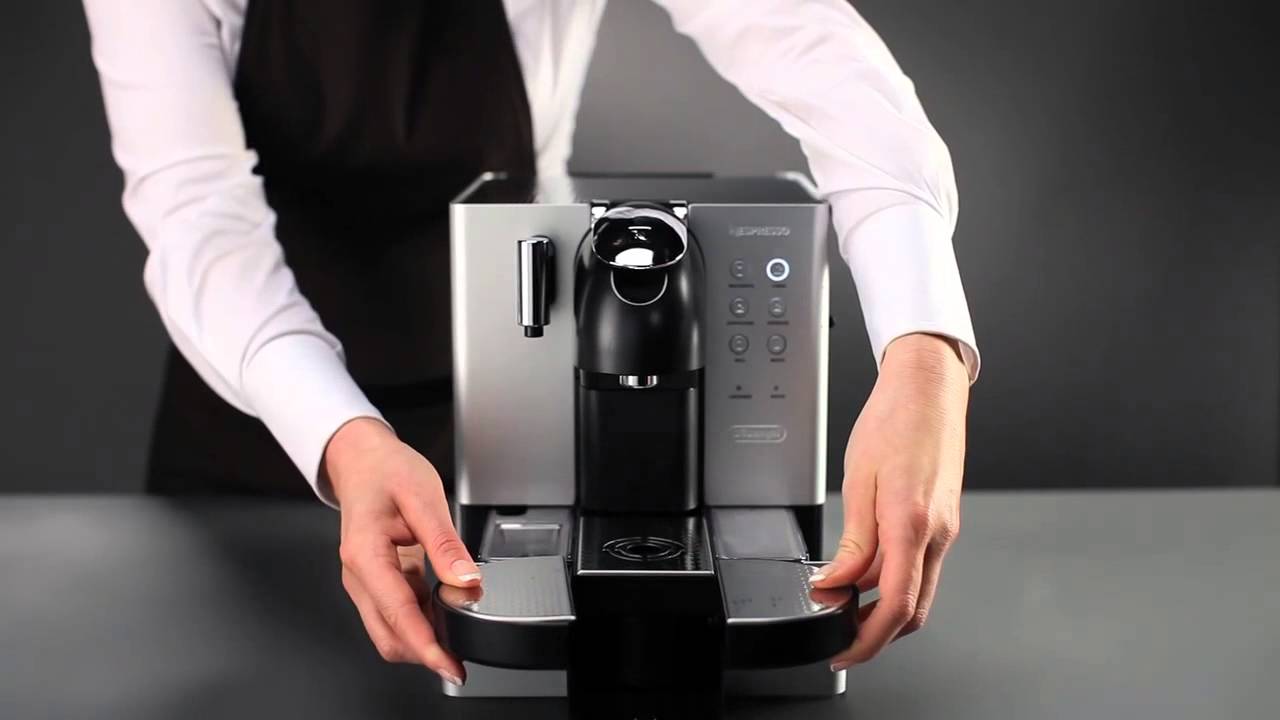
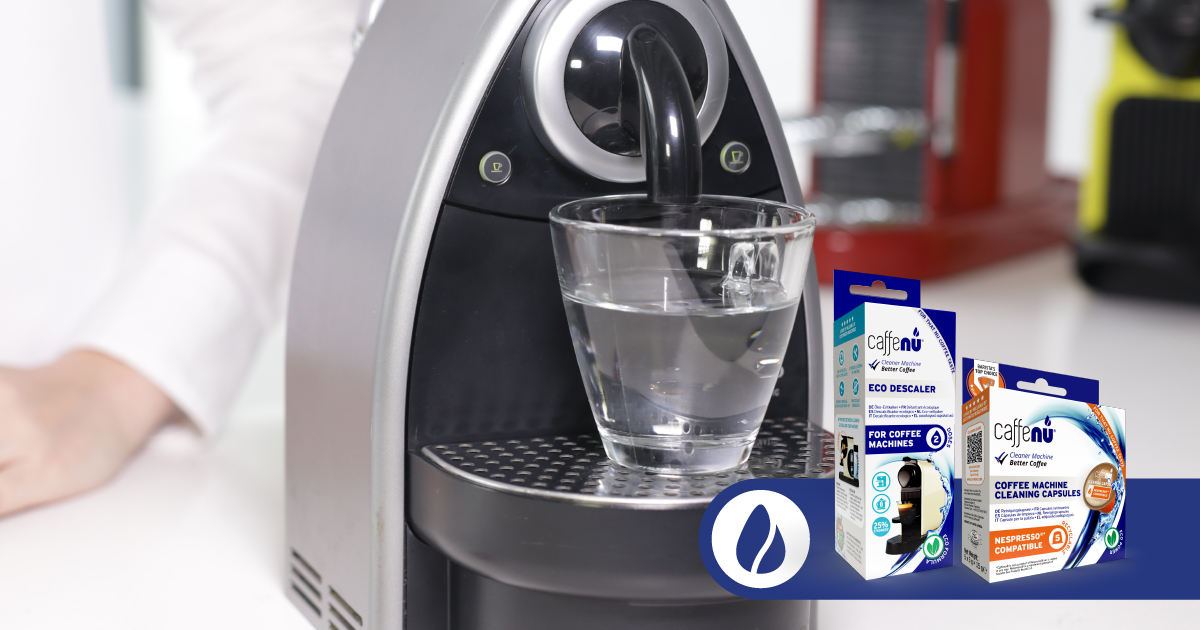
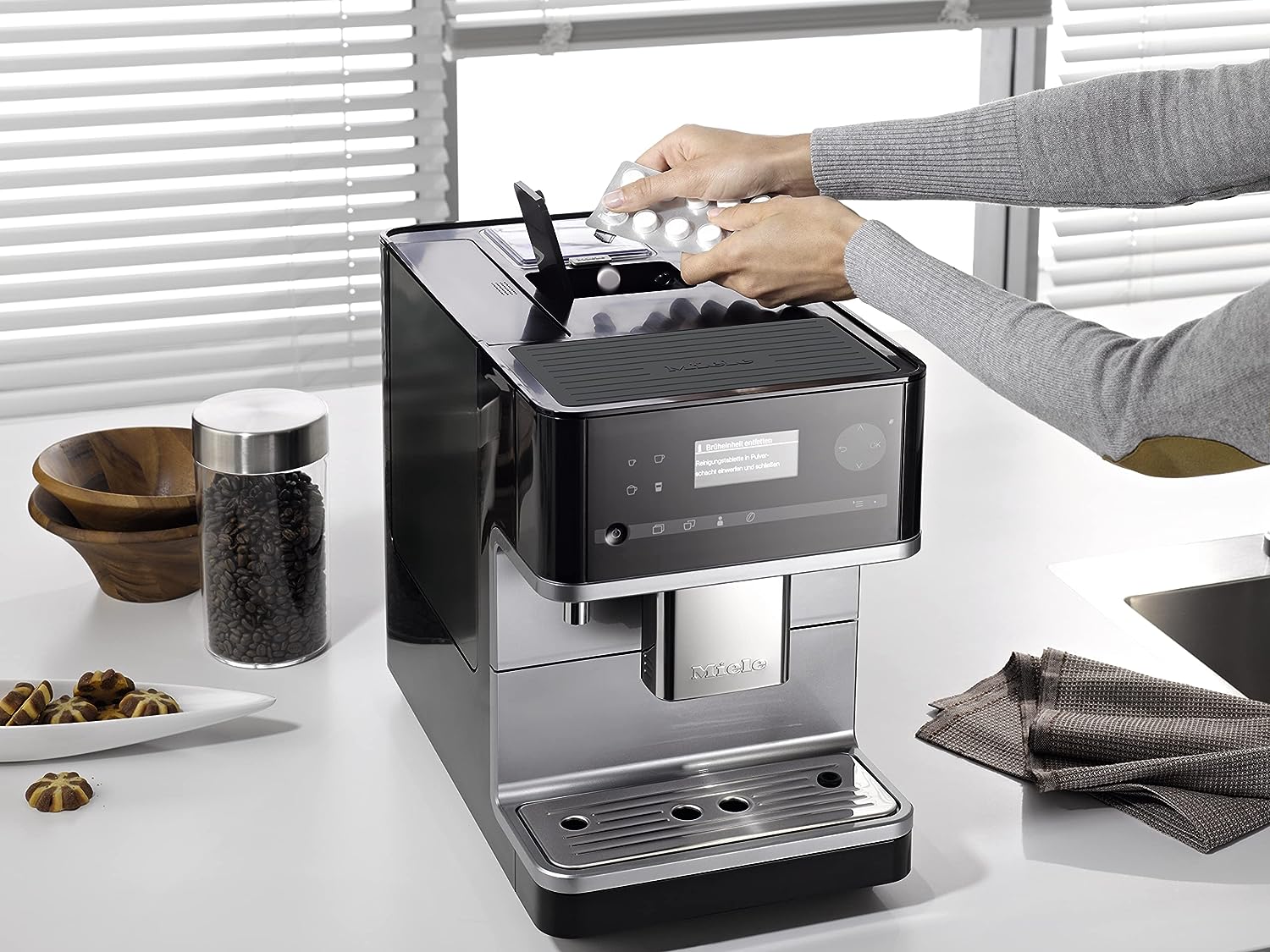

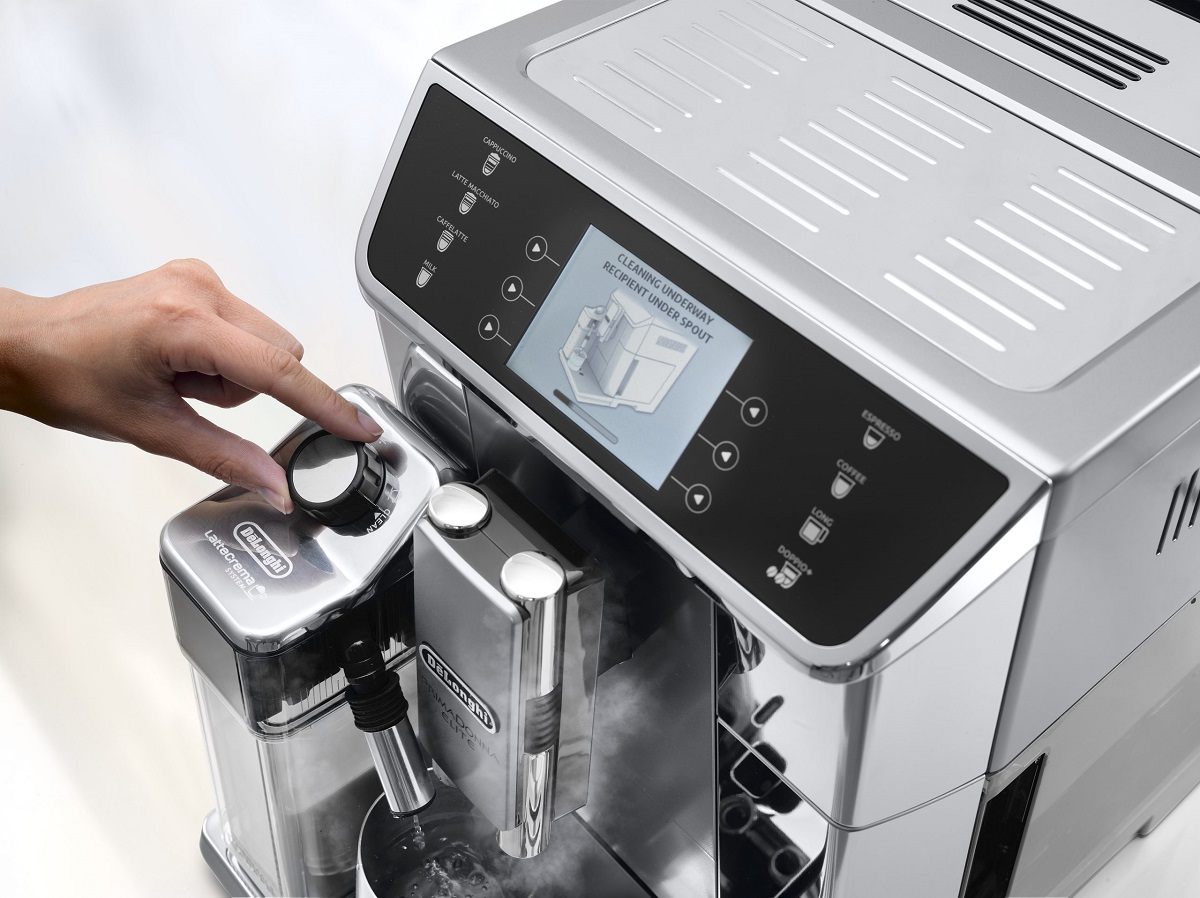

0 thoughts on “How To Descale Smeg Coffee Machine”